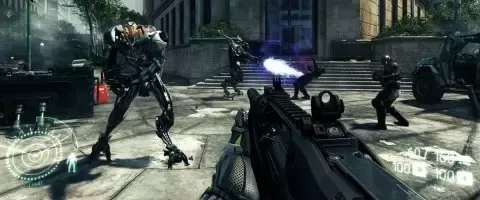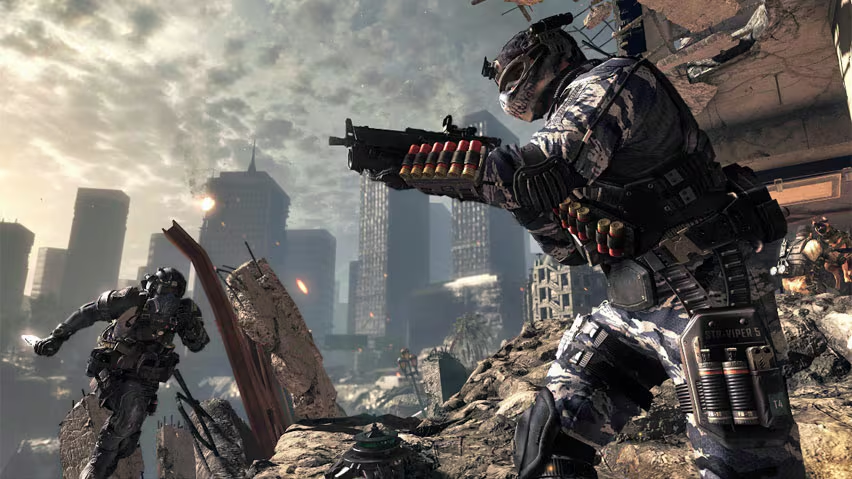Introduction
Level design is a crucial element in creating engaging and immersive shooter games. The art of crafting battlefields involves more than just creating visually appealing environments; it requires thoughtful consideration of gameplay mechanics, player experience, and strategic depth. This article explores the principles and techniques behind effective level design in shooter games and how they contribute to creating captivating virtual battlegrounds.
Principles of Effective Level Design
Effective level design in shooter games revolves around several core principles. These principles guide designers in creating environments that are not only visually compelling but also enhance gameplay. Key principles include:
- Flow and Navigation: Levels should offer a natural flow, guiding players through the environment seamlessly. Clear paths, strategic chokepoints, and varied terrain help maintain a balanced and engaging gameplay experience.
- Balance and Fairness: Ensuring that all players have an equal chance to succeed is vital. Balanced levels prevent any team or player from gaining an unfair advantage through map design. Symmetrical layouts and balanced spawn points contribute to a fair and competitive environment.
- Strategic Depth: Levels should provide opportunities for strategic thinking and tactical decision-making. Varied terrain, cover, and vantage points encourage players to develop and adapt strategies during combat.
Creating Immersive Environments
Immersive level design involves crafting environments that draw players into the game world and enhance their experience. Key techniques for creating immersive environments include:
- Attention to Detail: Small details, such as realistic textures, environmental objects, and dynamic elements, contribute to a believable and engaging environment. Attention to detail helps players feel more connected to the game world.
- Environmental Storytelling: Levels can tell a story through their design. Strategic placement of objects, signage, and environmental cues can convey narrative elements and enhance the overall immersion. For instance, a war-torn cityscape might include debris, destroyed vehicles, and faded billboards to reflect a recent conflict.
- Atmospheric Effects: Incorporating atmospheric effects, such as weather conditions, lighting changes, and soundscapes, adds depth and realism to the environment. Dynamic weather and day-night cycles can impact gameplay and contribute to a more immersive experience.
Enhancing Gameplay Through Design
Level design directly influences gameplay and player interactions. Effective design enhances gameplay by:
- Encouraging Exploration: Well-designed levels should offer areas to explore, rewarding players with hidden secrets or strategic advantages. Exploring diverse environments keeps gameplay engaging and encourages players to learn and adapt.
- Creating Tactical Opportunities: Levels should provide varied opportunities for tactical play. Elements such as cover spots, elevated positions, and chokepoints create opportunities for players to employ different strategies and tactics.
- Balancing Combat: The design should balance open areas with covered positions, creating opportunities for both aggressive and defensive playstyles. A mix of tight corridors and open spaces ensures that different strategies can be employed effectively.

Examples of Innovative Level Design
Several games are renowned for their innovative level design, showcasing the principles and techniques discussed:
- Counter-Strike: Global Offensive: Known for its tactical gameplay and balanced maps, CSfeatures well-designed levels that offer strategic depth and fair play. Maps like Dust II and Inferno have become iconic examples of effective level design in competitive shooters.
- Call of Duty: Modern Warfare (2019): This game introduced detailed environments and realistic battlefields, with maps designed to enhance both tactical play and immersive experiences. The level design supports various playstyles and strategic approaches.
- Rainbow Six Siege: Rainbow Six Siege emphasizes tactical gameplay with destructible environments and intricate level design. The maps are designed to support strategic planning and teamwork, with a focus on creating dynamic and engaging combat scenarios.
The Future of Level Design
The future of level design in shooter games will likely see continued innovation and experimentation. Advances in technology, such as virtual reality and procedural generation, will offer new possibilities for creating immersive and dynamic environments. Designers will continue to push the boundaries of creativity and technical capability, shaping the future of level design and its impact on gaming experiences.
Conclusion
The art of level design in shooter games plays a crucial role in crafting immersive and engaging battlefields. By focusing on principles such as flow, balance, and strategic depth, designers create environments that enhance gameplay and player experience. Through attention to detail, environmental storytelling, and innovative techniques, level design contributes to the overall impact of shooter games, making them both captivating and memorable.

